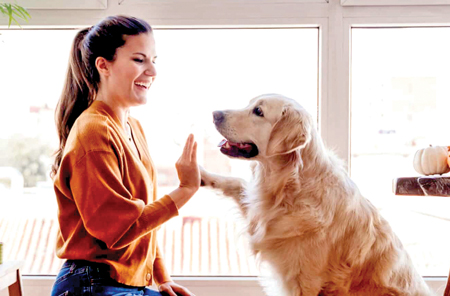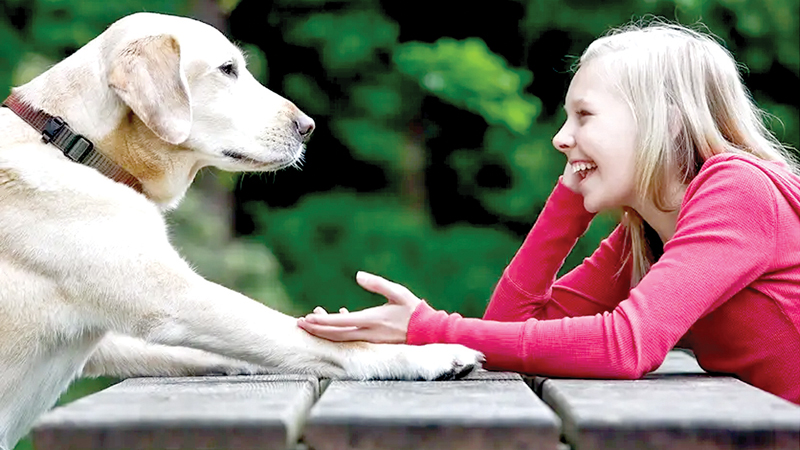Dogs don’t use words, but they speak all the time. Their language is in their eyes, their ears, their tail, and even how they breathe. If you learn to read these signs, you’ll know when your dog is happy, nervous, or asking for something.
The eyes tell a story
Your dog’s eyes say more than you think. Soft eyes with a gentle gaze mean trust and relaxation. Wide eyes with a fixed stare can signal excitement or even a challenge. If your dog looks away, it may be nervous or trying to avoid conflict.
Emotions
A dog’s ears are like little flags of emotion. When relaxed, they sit naturally. If they perk up, your dog is curious or alert. Pinned-back ears may mean fear or submission. Some dogs have floppy ears, but you can still notice subtle shifts in movement.
Many people think a wagging tail means a happy dog, but that’s not always true. A slow wag can show uncertainty. A fast, loose wag usually means excitement. If the tail is tucked between the legs, your dog is scared or anxious.
Barking, not just noise
Dogs bark for many reasons. A sharp, high-pitched bark often means excitement or a call for attention. A deep, repeated bark could be a warning. Short, quick barks may show curiosity, while whining can signal discomfort or a request for something.
Body language never lies
 The way your dog holds its body is a huge clue. A relaxed stance shows comfort. If it lowers its head but keeps its back straight, it might be feeling submissive. A stiff body with raised hackles signals tension or aggression. Rolling onto its back can mean trust—or submission if paired with a tucked tail.
The way your dog holds its body is a huge clue. A relaxed stance shows comfort. If it lowers its head but keeps its back straight, it might be feeling submissive. A stiff body with raised hackles signals tension or aggression. Rolling onto its back can mean trust—or submission if paired with a tucked tail.
Whining is often a plea. Your dog may be hungry, anxious, or wanting attention. A whimper may indicate discomfort or even pain. If whining is constant, check if your dog needs something or is feeling unwell.
Growling, not always a threat
Growling is a warning, but it doesn’t always mean aggression. Some dogs growl during play, which is normal. But if your dog growls while guarding food or a toy, it’s showing possessiveness. A deep, prolonged growl usually signals discomfort or fear.
Licking can mean affection, submission, or a request for attention. If your dog licks your face, it’s showing love. If it licks its lips frequently, it may be nervous. Nosing, where a dog nudges you with its nose, is often a request—sometimes for food, sometimes just for attention.
Yawning isn’t always about sleep
Dogs yawn when tired, but also when stressed. A deep yawn during training or in a new situation may mean your dog is overwhelmed. Some dogs also yawn to calm themselves or show submission.
If your dog lowers its front legs while keeping its back up, it’s asking to play. This “play bow” is a clear invitation for fun. If another dog does the same, they’re ready for a friendly game.
The silent conversation
Dogs communicate even when they’re quiet. A calm, slow blink can mean they’re relaxed. A dog sitting near you but not making eye contact may just be enjoying your presence. When a dog leans against you, it’s a sign of trust and affection.
The more you observe your dog, the more you’ll understand. Each dog has its own way of expressing feelings. Pay attention, respond with love, and soon, you’ll understand your pet’s silent words.




